The fall of the Berlin wall
Klaus Lehnartz, Engelbert Reineke, Horst Siegmann, Klaus Schutz, Julia Fasbender, Heiko Specht, Bernd Kuhler, Schwahn
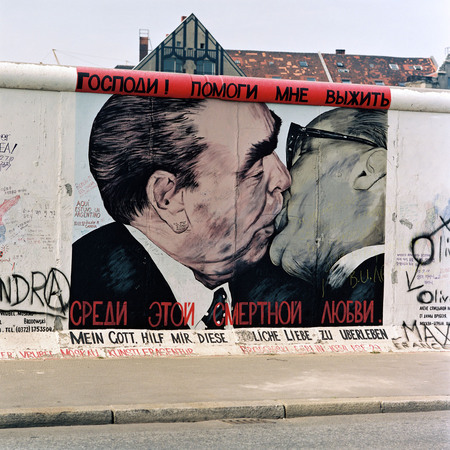
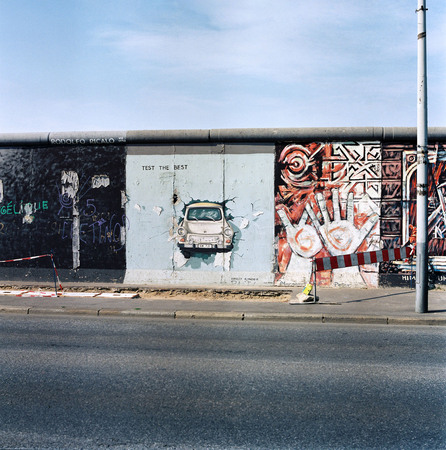
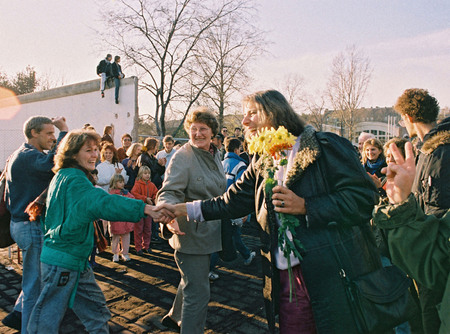
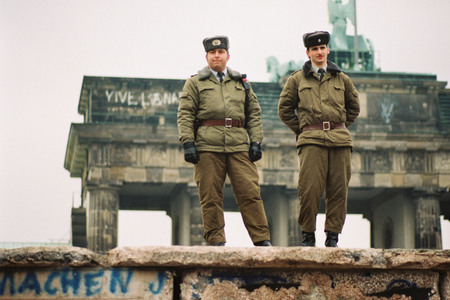
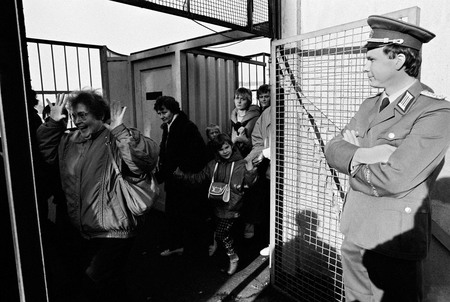
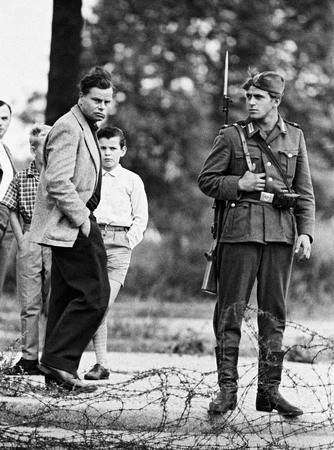
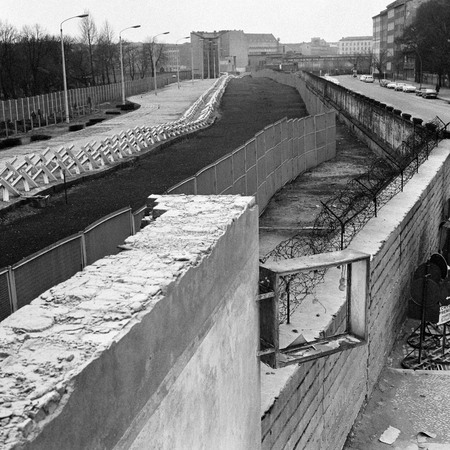
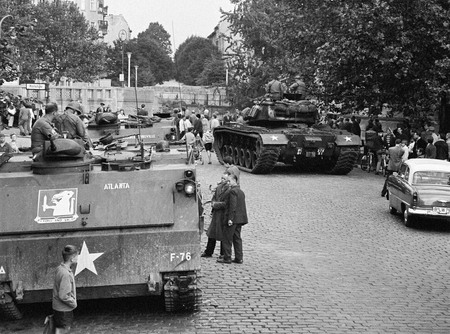
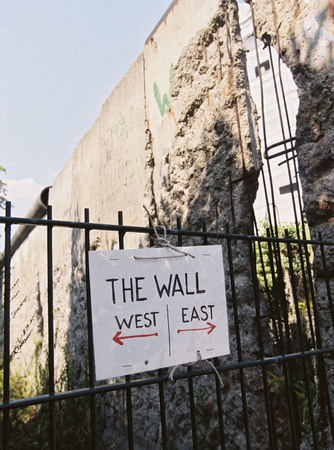
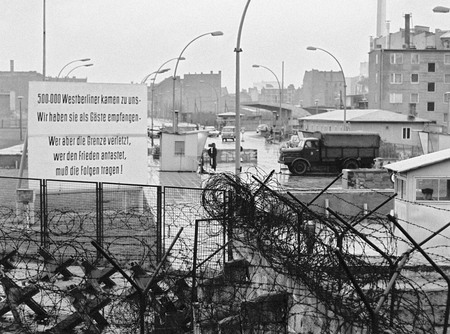
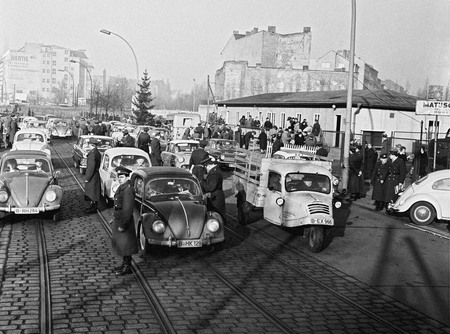
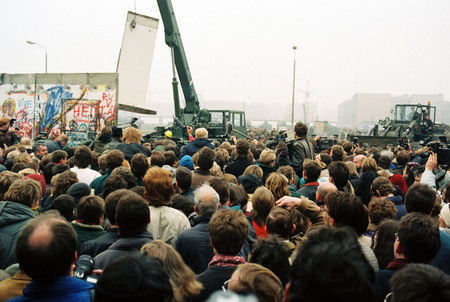
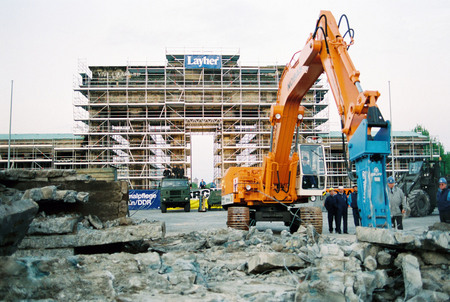
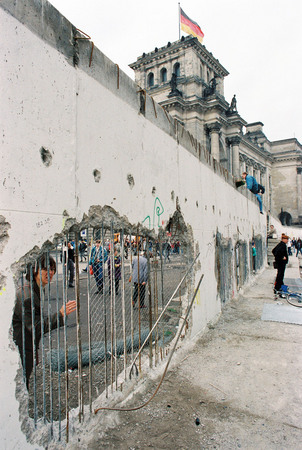
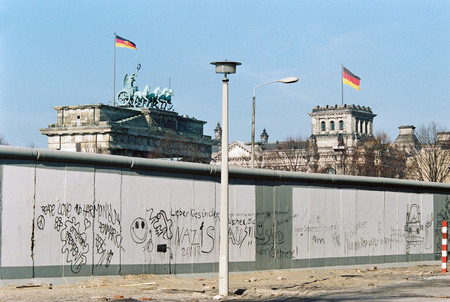
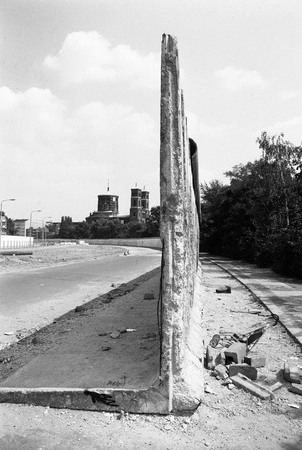
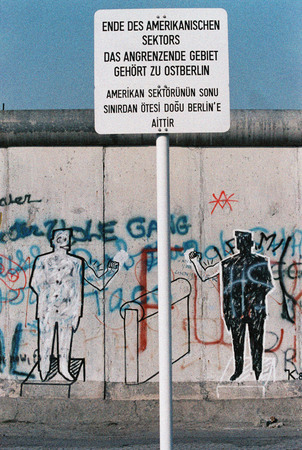
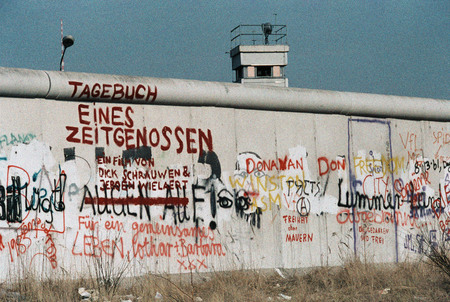
Bernd Kuhler. East Side Gallery. July 27, 1992. “Brother’s Kiss” (Drawing of Dmitry Vrubel). © Presse- und Informationsamt der Bundesregierung (BPA)
Bernd Kuhler. East Side Gallery. July 27, 1992. © Presse- und Informationsamt der Bundesregierung (BPA)
Klaus Lehnartz. Fall of the Berlin Wall. November 11, 1989. West and East Germans greet each other. © Presse - und Informationsamt der Bundesregierung (BPA)
Engelbert Reineke. Border Guards of German Democratic Republic near the Brandenburg Gate. January 9, 1990. © Presse- und Informationsamt der Bundesregierung (BPA)
Klaus Lehnartz. Fall of the Berlin Wall. November 11, 1989. Check Point on Oberbaumbrucke. © Presse- und Informationsamt der Bundesregierung (BPA)
Horst Siegmann. Building of the Berlin Wall. August 13, 1961. © Presse- und Informationsamt der Bundesregierung (BPA)
Klaus Schutz. The Berlin Wall. November 16, 1967. © Presse- und Informationsamt der Bundesregierung (BPA)
Horst Siegmann. Berlin, Maybachufer. August 25, 1961. © Presse- und Informationsamt der Bundesregierung (BPA)
Julia Fasbender. Sign “West – East” in the place of the former Berlin Wall. August 3, 1999. © Presse- und Informationsamt der Bundesregierung (BPA)
Klaus Schutz. Border between East and West sectors of Berlin at Heinrich-Heine-Strasse. January 4, 1966. © Presse- und Informationsamt der Bundesregierung (BPA)
Klaus Schutz. Agreement about the admissions 1963/64, Check Point at Sonnenallee. January 4, 1964. © Presse- und Informationsamt der Bundesregierung (BPA)
Heiko Specht. Fall of the Berlin Wall. November 12, 1989. The Check Point at Potsdamer Platz. © Presse- und Informationsamt der Bundesregierung (BPA)
Klaus Lehnartz. Demolition of the Berlin Wall. June 28, 1990. © Presse- und Informationsamt der Bundesregierung (BPA)
Klaus Lehnartz. The Berlin Wall: last days before the demolition. February 22, 1990. © Presse- und Informationsamt der Bundesregierung (BPA)
Klaus Lehnartz. German Democratic Republic, East Berlin. February 23, 1990. © Presse- und Informationsamt der Bundesregierung (BPA)
Schwahn. The Berlin Wall. August 3, 1990. © Presse- und Informationsamt der Bundesregierung (BPA)
Klaus Lehnartz. The Berlin Wall. March, 1984. © Presse- und Informationsamt der Bundesregierung (BPA)
Klaus Lehnartz. Graffiti on the Berlin Wall. March 1, 1984. © Presse- und Informationsamt der Bundesregierung (BPA)
Moscow, 30.07.2009—13.09.2009
exhibition is over
Central exhibition hall Manege
1, Manege Square (
www.moscowmanege.ru
Share with friends
For the press
At the end of the 20th century, the map of the world was drastically altered: a number of states disappeared, some new countries emerged; and all these happened without any wars and bloodshed. One of the first evident milestones of this process was the fall of the Berlin Wall in November 1989. It was actually the fall of the concrete Iron Curtain that had divided the world into the «friends» and the «enemies» for more than a quarter of a century. The Exhibition «The Fall of the Berlin Wall» is dedicated to the twentieth anniversary of this event and presents the most interesting documentary evidence collected from various sources. The Berlin Wall is more than a tragedy of a city or a symbol of the post-war division of the world; it also implies many broken human lives, separated families, many people who were killed trying to cross the Wall into West Berlin. The Exhibition recreates the main stages in the history of the Berlin Wall.
The late
1961 — the
1989 As a result of Perestroika in the Soviet Union, Hungary lifts the Iron Curtain and opens its border with Austria. Thousands of people from East Germany use this channel to escape to the western part of the country. Inside GDR, mass political demonstrations begin; people demand civil rights and freedoms, including freedom of traveling, to be granted and observed. On November 9, 1989, the rules of leaving the country were announced to be considerably reduced. Hundreds of thousands of East Germans rushed to the border. In the face of the growing crowd, the border guards had to yield and open the checkpoints allowing people through. The East and the West met. What was happening there reminded of a great national celebration. The atmosphere of happiness and unity destroyed all the obstacles and barriers posed by the state. During the following three days, more than 3 million East German citizens visited West Berlin and the Federal Republic. The process of unification accelerated.
While in East Berlin it was impossible even to approach the Wall, in West Berlin it became a creative site for numerous artists, both professional and amateur. By the end of 1989, the Wall turned into a long-stretching exhibition of graffiti, some of them highly artistic. The famous images of Trabant (an automobile symbol of GDR), the «historical kiss» of Brezhnev and Honecker, the portrait of Gorbachev are well-known all over the world. After the Wall had been destroyed, its fragments quickly turned into historical objects of art that were taken to and ended up in different countries. Some small pieces of the Wall are preserved as a monument for the future generations.
The Exhibition presents numerous documentary photographs that captured both the construction and demolition of the Wall. Many of them, such as the series of images by Anthony Suau have spread all over the world. The documentary video recordings as well as the eyewitnesses’ interviews help to reconstruct the atmosphere and condition of Berlin as it was in the
The Museum «The Moscow House of Photography» and the Embassy of the Federal Republic of Germany thank:
The Federal Department of Press and Information,
The Goethe-Institut, the German Cultural Centre,
The Checkpoint Charlie Museum,
The Museum and the Public Centre of A. D. Sakharov,
The German Press-Agency DPA,
RIA «Novosti»,
«Reuters» for their assistance in the organization of the project and rendering information and exhibits
and personally:
Peter Frischmuth for the series of works «Berlin Kreuzberg S036»
Anthony Suau, World Press Photo-2009 Winner, for kindly rendering a series of his works about the Berlin Wall
architect Yuri Avvakumov for the idea of reconstruction of the watchtower in Kreutzberg.














